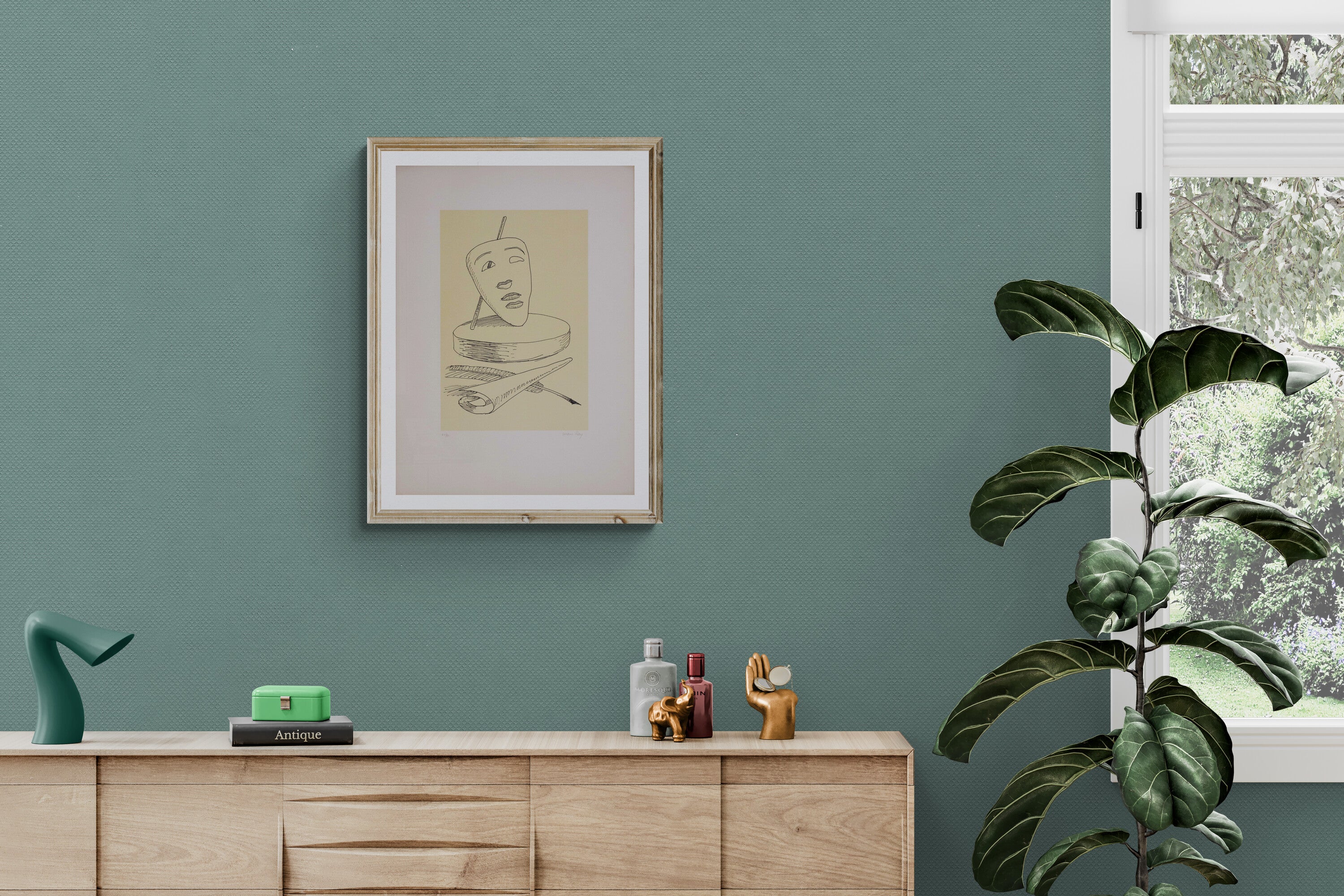Norberto biography
- NORBERTO PITTORE

Norberto Proietti, better known simply as Norberto, was a famous Italian painter and sculptor born in Spello, in 1927.
He is the eldest of five children of a livestock trading intermediary and olive and oil merchant, who also runs a local trattoria, an activity in which his mother also participates. In his childhood and adolescence, Norberto showed an early interest in architecture and natural phenomena. The picturesque landscape of Umbria influenced his perception of the world and, later, his artistic style.
In 1939, at only 12 years old, he moved to Rome to work with his uncle, who managed a tailor shop in the Trastevere district. Despite some unpleasant human experiences, Norberto continued his journey, driven by his passion for artwork and the desire to grow.
During World War II, he was forced to return to Spello, where he began to observe his land and the people familiar to him with more mature eyes. This period of intense reflection led him to develop a deep appreciation for Giotto's frescoes in the Basilica of San Francesco in Assisi, and the Baglioni Chapel in the Collegiate Church of Santa Maria Maggiore in Spello, decorated by Pinturicchio.
At the end of the war, Norberto followed his uncle again, this time to Bergamo, continuing to work as a tailor. However, in 1950, he felt the call of his hometown and decided to open a tailor workshop in Spello. But the desire to express himself artistically remained strong and, the following year, he painted his first painting.
Starting from 1961, Norberto dedicated himself exclusively to artwork, exhibiting his works in international exhibitions. But his true consecration took place at the Festival dei Due Mondi di Spoleto between 1967 and 1974. In 1971, thanks to the support of Cesare Zavattini, an influential advocate of Italian naïf artwork, he was awarded the prestigious Premio Suzzara.
Norberto became famous as one of the most appreciated naïf artists, admired for his depictions of miniature friars on backgrounds of medieval landscapes, often set in a metaphysical and edenic Umbria, considered by art critic Vittorio Sgarbi as the best of all possible worlds.
Besides painting, Norberto is known for his sculptures made by modeling olive wood and for the Pellegrino di pace, a bronze artwork placed in front of the Upper Basilica of San Francesco d'Assisi, dedicated to the patron saint of Italy.
The variety of his subjects is vast: still lifes, night scenes, Roman countryside, musicians, interiors, wheat, olives, fruit, tailoring, Assisi, Venice (Piazza San Marco), Bari (Basilica of San Nicola), female figures. Among his sculptures, those in wood, ceramics, and bronze stand out, depicting figures such as San Francesco, Pinocchio, and the rhinoceros.
Master Norberto worked tirelessly until the last years of his life. He died in 2009 at the age of 81 and was buried in the cemetery of Spello. As a testament to his artistic and cultural legacy, a museum dedicated to him was inaugurated in his hometown, where it is possible to admire a vast collection of his artworks.



